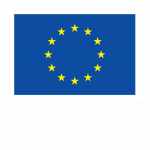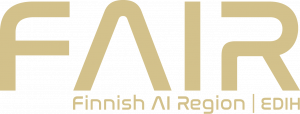
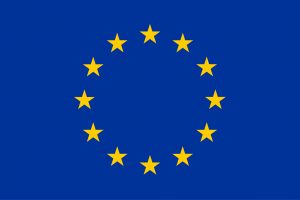
AI, Sovereignty, and Startups: How Europe Is Building Digital Independence
The European Union is aiming to respond to the AI race shaped by global superpowers on its own terms – through a strategy grounded in values, powered by startups, and guided by geopolitical priorities.
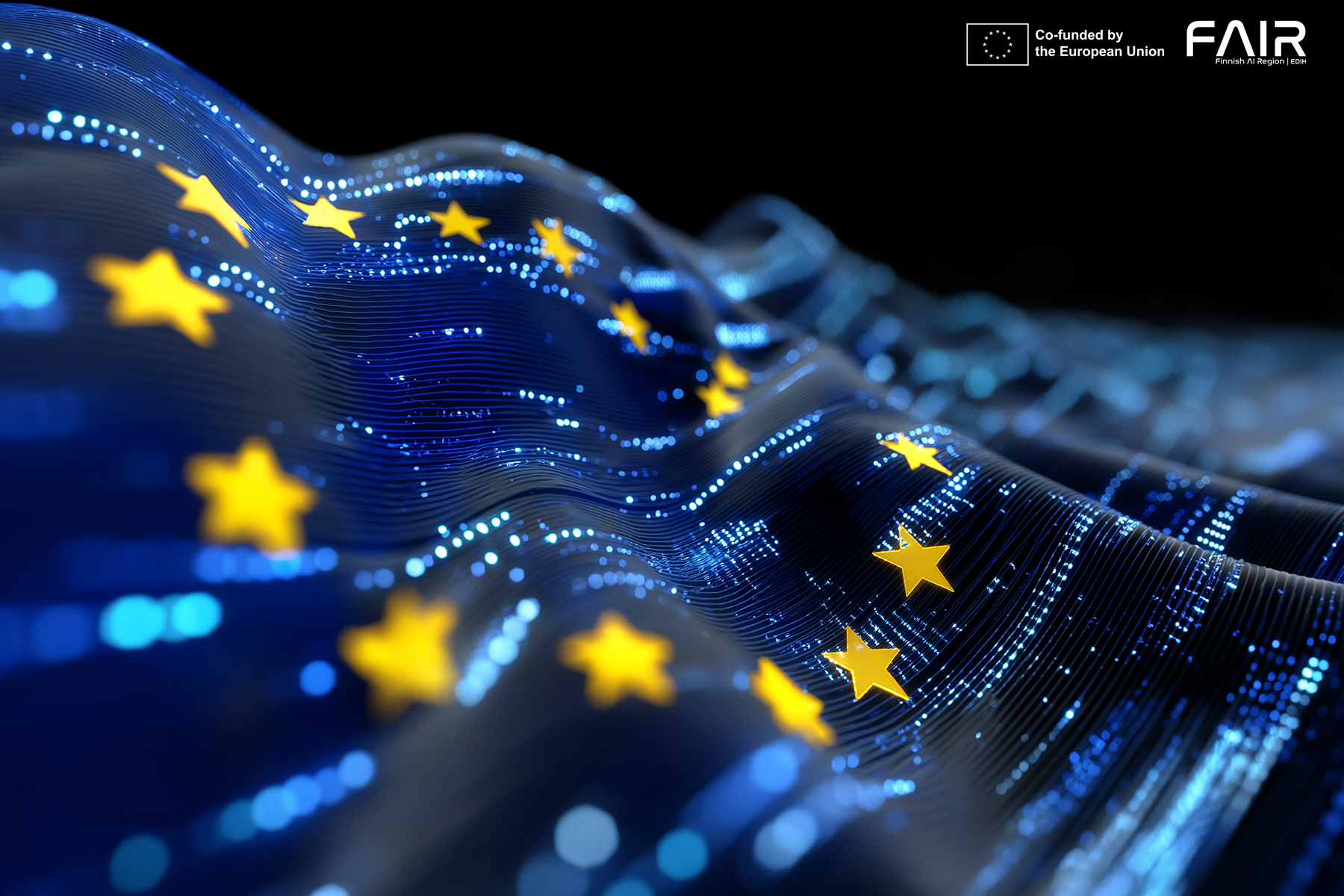
Martti Asikainen, 8.5.2025
The global economy and technological development are increasingly dividing into blocs with tensions between them. The intensifying competition between the United States and China over artificial intelligence has also awakened the European Union. The Centre for European Policy Studies (CEPS), a think tank focused on European policy, warned as early as January 2025 that AI is rapidly becoming the foundation of new geopolitical and economic power (Renda & Balland 2025).
According to CEPS’s analysis, to maintain competitiveness, the EU must significantly expand its AI strategy by reforming financial regulations, mobilising public and private capital, and prioritising technological sovereignty. Without bold actions, technological leadership will shift entirely to the United States and China, further weakening the old continent’s influence.
The European Commission responded quickly to address this challenge, announcing the EU’s ambition to become the leading continent in AI (European Commission 2025a). The EU firmly believes that the battle for global leadership is still open and refuses to take a back seat. In the AI Continent Action Plan published in April 2025, the Commission presents its strategy for growing AI innovations. According to the Commission, the EU relies on its traditional strengths, such as its extensive talent pool, research traditions, and strong industrial base (European Commission 2025b).
The EU’s strengths also include the dynamism of member states in the technology field, encompassing both general-purpose, more traditional AI models and specialised AI applications. Development is accelerated by the InvestAI initiative launched the same year, which aims to mobilise investments of approximately €200 billion, including a new €20 billion fund for AI gigafactories with supercomputers. The key objective of these investments is to secure the EU’s independence from external technology—and perhaps also expertise. (European Commission 2025c)
The European AI strategy distinguishes itself from its competitors particularly through values. The EU aims to promote AI that enables better healthcare, safer transport solutions, and more efficient industry, but it also does not forget ethical principles, information security, and responsibility (European Parliament 2025). Through its value-based approach, the EU seeks to position itself as a developer of trustworthy AI in the global race. However, the success of the strategy requires strengthening the digital single market, ensuring equal operating conditions for European companies, and investing in emerging technologies and education (European Parliament 2023).
Strong Confidence in Ecosystems and Startups
As geo-economic fragmentation deepens, the EU is also seeking its strengths. The Commission believes that research conducted in the EU, along with thriving startup and scaleup ecosystems, will drive the AI Continent Action Plan. According to a report by the European Commission’s Joint Research Centre (JRC), the EU’s network of Digital Innovation Hubs (EDIH) has already reached over 200,000 business actors through approximately 5,000 events. By September 2024, the hubs have provided over 18,000 different services to businesses across Europe.
The EDIH network, consisting of 225 innovation hubs, brings together up to 2,355 separate organisations from the public and private sectors, thus covering almost 90% of the entire EU. According to the same report, up to 90% of companies that have collaborated with the hubs have reported measurable development in their digital maturity (Carpentier et al. 2025). However, these do not eliminate the EU’s inherent barriers.
Statistics show that while public investments have accelerated new technology sectors in the EU, American companies still scale faster, better attract top experts, and raise more capital. For example, in 2023, European growth companies raised funding of about €46 billion, while in the United States, the corresponding figure was €122 billion (Rist 2024). This may also be one reason why as many as five of the world’s largest companies are located in the United States (AlphaSense 2025).
Apple, Microsoft, Nvidia, Amazon, and Google were all initially funded with venture capital. On the other hand, the EU also has critical expertise, especially in developing targeted solutions for key sectors. Good examples include success stories like Klarna, Mistral AI, Spotify, and Wolt. According to some estimates, the EU (108,000) would also have more AI talent than the United States (87,000) (e.g., Atomico 2023). However, this result should be treated with some caution, as the comparison is based on LinkedIn profiles and may therefore be very inaccurate. Additionally, the talent figures include dual citizens and freelancers.
Cultural Differences Reflected in Company Life Cycles
The biggest differences between the EU and the USA are evident not only in working life but also in corporate culture. In the United States, startups often aim for an explosive first impression. Impressive launches, extensive media coverage, and rapidly growing user numbers, along with general promises, are the beginning of many success stories (Blank 2013).
However, this would not be possible without significant capital investments—and American investors offer these much more generously than their European counterparts. This operating model has created a whole generation of so-called “paper unicorns” in the United States—companies whose market value does not correspond to actual revenue or profitability (Kenney & Zysman 2019).
Many investors dream of the next Airbnb, Facebook, and Uber, although most startups that receive capital fail, and only a few of the successful ones can generate such significant profits that they would cover the losses many times over (Gornall & Strebulaev, 2020). Statistics reveal the harsh truth: up to 90% of startups fail. In the United States, 20% of startups cease operations within the first two years, and 75% close their doors at the latest within 15 years (D’Souza 2025).
In the EU, the lifecycle of startups is very similar, but funding is more moderate, which is reflected particularly in growth phases. This forces startups to focus on cash flow management and profitability at an early stage. Herein lies the strength of the European model. Revenue is not just a numerical metric but an indication that the product works and the market is willing to pay for it. At the same time, the company’s founders better retain control and can build the business on their own terms.
The U.S. model undoubtedly offers dynamism and rapid breakthroughs, or lottery wins, as some call them, while the EU model typically creates more solid and long-lived companies that also withstand economic fluctuations and changing market conditions. At the same time, venture capital markets are levelling out. The United States is still the clear leader, but its share has decreased from the peak of the early 2000s, when the share was up to 80%, to about 46% of all venture capital (Tufts 2024). It is also worth noting that European venture capital investments exceeded those directed to the Asia-Pacific region for the first time last year (KPMG 2025).
A Lot of Hidden Potential in the EU
Europe has a lot of latent potential, which is being harnessed by AI factories and digital innovation centres that particularly support cooperation between SMEs and the research field. According to Eurostat, in 2024, only about 13.48 percent of European companies employing more than ten people utilised AI in their business (Eurostat 2025). AI was most utilised in Denmark, Sweden, and Finland, and the most common uses were related to information processing and communication.
The change from the previous year is tremendous, which is explained at least partly by the emergence of generative AI models at the end of that same year. In 2023, only eight percent of European companies utilised AI, and the most common uses were automating different workflows and supporting decision-making with AI-based process automation (Eurostat 2024). The next most utilised were the analysis of written language and machine learning. In other words, in just one year, more than five percent of companies have adopted AI in some way as part of their business, and at the same time, its usage has diversified and expanded.
The rapid development curve tells not only about the maturation of technology but also about the growing courage of European companies to seize the opportunities created by new technologies. Especially SMEs have understood that AI is not just a tool for large corporations, but a scalable solution within everyone’s reach, which can, for example, enhance operations, improve customer service, or accelerate product development. In this development, European Digital Innovation Hubs (EDIH) play a crucial role.
At the same time, AI factories and research environments equipped with supercomputers open doors to more advanced applications, which are needed, for example, in medicine, climate research, or optimising manufacturing industry. In that sense, one could perhaps say that the EU’s strategy is not just based on expensive cutting-edge technology, but also on its democratisation—the fact that the benefits of AI extend to all sectors of the economy and are within everyone’s reach. When European companies gain access to both infrastructure and expertise, the EU has every opportunity to close the gap with the United States and China. But when it happens, the EU will do it on its own terms.
Summary and Conclusions
The European Union has recognised the geopolitical importance of artificial intelligence and is taking decisive steps to narrow the technological gap with the United States and China by reinforcing its digital sovereignty. At the core of the EU’s AI strategy is a steadfast commitment to values, ethical technology use, and long-term responsibility.
This vision is underpinned by substantial investments, including the InvestAI initiative and the establishment of AI factories. Startup and scaleup ecosystems are positioned as key drivers of growth and innovation. While European firms often lag behind their American counterparts in terms of scalability and access to venture capital, the European model—centred on sustainable business practices and gradual, long-term development—presents a more resilient and balanced alternative.
The accelerating pace of digitalisation, particularly among small and medium-sized enterprises, reflects a broader shift in mindset and the democratisation of emerging technologies. Across Europe, the potential for technological self-sufficiency and renewal is growing—but realising this potential will require greater boldness, stronger capital foundations, and a more harmonised and supportive innovation environment.
Please contact

Martti Asikainen
RDI Communications Specialist & Consultant
+358 44 920 7374
martti.asikainen@haaga-helia.fi
References
Alpha Sense. (2025). Largest Companies by Market Cap in 2025. Accessed 28.4.2025.
Atomico. (2023). State of European Tech 2023.
Blank, S. (2013). Why the Lean Start-Up Changes Everything. Published in Harvard Business Review in May 2013. Harvard Business Publishing. Brighton. Accessed 8.5.2025.
Carpentier, E., D’Adda, D., Nepelski, D. & Stake, J. (2025). European Digital Innovation Hubs Network’s activities and customers. State of play report 2024. European Commission Joint Research Centre JRC. European Union. Brussels.
D’Souza, J. (2025). Startup Failure Rate Statistics and Facts. Published in Electro IQ on 31.1.2025.
Gornall, W. & Strebulaev, I. A. (2020). Squaring venture capital valuations with reality. Journal of Financial Economics, 135 (1). Elsevier. Amsterdam.
KPMG. (2025). 2024 global VC investment rises to $368 billion as investor interest in AI soars, while IPO optimism grows for 2025 according to KPMG Private Enterprise’s Venture Pulse. Published on KPMG’s website in January 2025. Accessed 8.5.2025.
European Commission. (2025a). A Competitiveness Compass for the EU. COM(2025) 30 final. Published 29.1.2025. European Commission. Brussels.
European Commission (2025b). New Action Plan from the Commission: Making Europe the Leading Continent for AI. Published on the European Commission’s website 9.4.2025. Brussels.
European Commission (2025c). Speech by President von der Leyen at the Artificial Intelligence Action Summit. Published on the European Commission’s website 11.2.2025. Brussels.
European Parliament. (2023). Digitalization: The EU’s Strategy. Originally published 22.4.2021. Updated 20.10.2023. European Union. Brussels. Accessed 8.5.2025.
European Parliament. (2025). Artificial Intelligence: Opportunities and Threats. Originally published 23.10.2023. Updated 28.4.2025. European Union. Brussels. Accessed 8.5.2025.
Eurostat (2024). Use of artificial intelligence in enterprises. Published in January 2024. European Union. Luxembourg. Accessed 8.5.2025.
Eurostat (2025). Use of artificial intelligence in enterprises. Published in January 2025. European Union. Luxembourg. Accessed 8.5.2025.
Tufts, I. (2024). New NSF Data Shows Venture Capital Flowing Away from the United States. Published on the Information Technology & Innovation Foundation’s website 4.3.2024. Accessed 8.5.2025.
Kenney, M. & Zysman, J. (2019). Unicorns, Cheshire cats, and the new dilemmas of entrepreneurial finance. Venture Capital, 21(1), pp. 35-50. Taylor & Francis Group. Oxfordshire.
Renda, A. & Balland, P-A. (2025). Stargate and the fight for AI supremacy — this is Europe’s wake-up call. Published on the Centre for European Policy Studies website 25.1.2025.
Rist, K. (2024). Will Europe Ever Match The U.S. For Startup Investment And Growth?. Published in Forbes 4.7.2024. Forbes.
